Self-Learning and Relationship Learning
Basic Phenomena of Child Development as an Orientation for Educational and Therapeutic Practice
Claudia Grah-Wittich
Last update: 26.03.2021
“Every child brings two primal experiences with him or her at birth: a sense of connectedness and an impulse to grow beyond oneself, thus also two needs that show themselves as the will to relate and the will to create. This lives in everyone as a permanent longing, as homesickness and as a yearning for something far away. We must create the framework in which what we desire, what we need, can happen. We need a culture for developing our potential. We must invite, encourage, and inspire people. Gerald Hüther (1)
With the worldwide increasing care of toddlers or even babies outside the family, there is a growing need to understand pregnancy, birth and the first years of life. What used to happen in the private sphere of the home environment is now becoming the responsibility of interdisciplinary cooperation between different professions concerned with pregnancy, birth and early childhood, as a network around the family, and even as a social task in general.
As early as 1907 Rudolf Steiner emphasized the great importance of the first three years of life for all further human health and biographical development. Early childhood experiences also played an important role in the early years of psychoanalysis. This phase of decisive influence in human development has become general knowledge today through the findings of neurology and psychology (2). At the same time, however, early childhood in the advancing 21st century is threatened by numerous civilizational burdens and dangers, such as unnecessary Caesarean sections and their consequences, the ever earlier consumption of media, and the increasing numbers of children who have mentally ill parents. Experts in education, therapy and medicine are therefore increasingly working together with parents to find appropriate institutional concepts for the care, education and health of children under three.
Which basic phenomena can be assumed?
How do we arrive at fundamental insights as the basis for our professional actions? The prerequisite for all concepts and individual questions in practice is initially to acquire a basic understanding of what happens anthropologically in the early developmental stage of childhood. It is important to begin with our image of the human being. When children are thought to be only bodily products of their parents and their surrounding conditions and when the “I” is seen as a construction of the brain, this is not adequate for gaining an understanding of human individuality. This physical view can be greatly expanded by assuming that each human being has an independent individuality, which meets a kind of “model body” or “hereditary body” after conception and forms this concrete hereditary material into a unique human personality. (See Fig. 1) This aspect is decisive for forming the attitude and intentions of the professionals who care for, nurse or advise children in the first years of life. This way of looking at the child leads to different answers to the questions of how to ensure healthy development of an individual personality which will result in later self-determination and relationship skills.
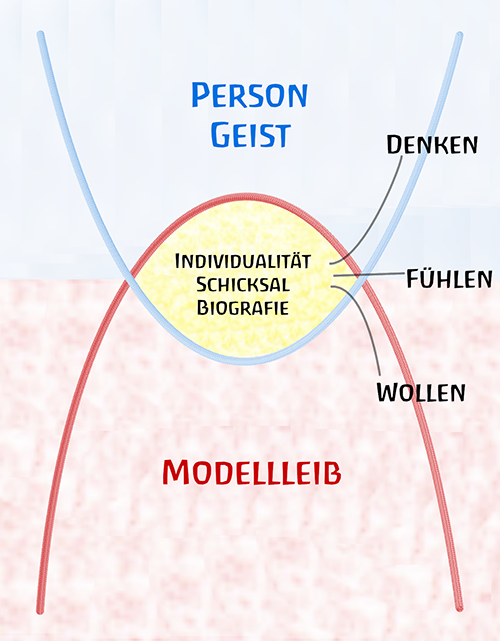
Fig. 1: The individuality reshapes an inherited “model body”
In the opening words quoted above, Gerald Hüther succinctly refers to two primal experiences that can be observed in infants and toddlers: their very long-lasting dependency, their necessary reliance on reliable attachment figures, and at the same time, from the very beginning, the phenomenon of the small child’s activity of growing beyond herself through her wanting to constantly grasp and discover new things. These opposite basic needs of the child are an expression of his will to relate on the one hand and his will to create on the other. Today it is known that this double potential has a decisive influence on later health and the ability of the personality to learn and know.
Bonding through being together in dialogical exchange
Infants and later small children are for a long time completely at the mercy of their environment and helplessly dependent on the care and protection of adults for the fulfillment of all their needs. The primal experience of a “united existence” that they experienced in the womb is no longer given, because being born brings with it the first experiences of boundaries and “separations”. In the approximately 30,000 or so smile dialogues that parents normally share with their babies in the first six months (3), the infant can gain trust in a new unity to be created with the caregiver, provided that the person is reliable. The child very gradually learns to feel connected and secure in the moments of being cared for by mother or father. The boundless basic trust that the infant initially placed in the world is confirmed. The baby perceives the adult with all that she does, her speech, her inner attitude, etc., then learns to participate step by step on the way to becoming independent and responsible for looking after himself later on.
Inspired by such positive experiences, the growing child will later feel secure enough to enter into contact with other people and circumstances. If such early experiences are not given, then dialogical encounters in the social sphere can be more difficult in later phases of life. The moments of being together during care in early childhood are therefore crucial for the later ability to relate to people. Adults who can be fully present in moments of being together with children, especially when caring for them, who take their time and accompany their actions with language, are more perceptible to the children and enable them to develop trust in their environment through dialogue. Being together forms a protective mantle and the bond between the child and caregiver grows stronger. The bond is also there when we necessarily accompany children through experiences of separation in their various stages of development. The fact that people are reliable, that everything happens in its own time, that a rhythm is part of it, which is shaped by the adults, makes it possible to develop bonds as an essential contribution to developing one’s own personality. From the reliable protection of the attention given there grows security, love and warmth as fulfilled basic emotional needs (see Fig. 2).
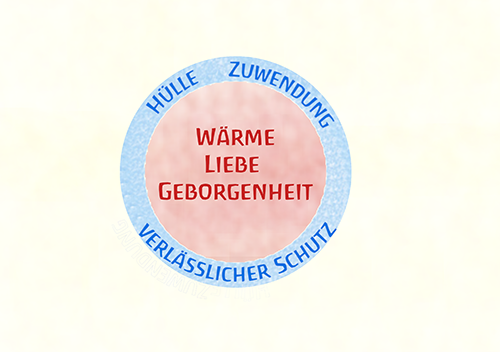
Fig. 2: The adult creates a protective environment, fulfilling a basic need of the child’s soul
This can be felt through touch, sensory perception, resonance, non-verbal and verbal communication and the joy of being together. It gradually causes increasing self-perception through being perceived. “I see and am seen, therefore I am,” is how the pediatrician and psychiatrist Donald Winicott (1896–1971) describes this process of self-development (4). The strong emotional bond that develops between mother and child in the first months of life was therefore called “attachment” by British psychologist John Bowlby (1907–1990) and was later further differentiated by his colleague Mary Ainsworth (1913–1999). She recognized different attachment patterns depending on the offers made by the caregiver (5). The ability to relate and bond develops from the offers of being together and depends on characteristics of communication between the bonding person and the child.
Exploration through self-learning as an exploratory, creative activity
From birth onwards, babies show amazing abilities that cannot be taught or controlled from the outside, which they ultimately employ to conquer the world: their sucking reflex, their limb movements, their increasing focus as they look at their surroundings, etc. Whereas at birth self and the world were still directly connected, in the first year of life the baby gradually acquires the experience of “separation”, discovering among other things that his mother’s breast is a part of the world outside of him. Through constant activity and infinite repetition and variation, the child’s developmental steps manifest themselves, going from the haphazard impulses of the beginning of life to ever greater control of his own corporeality, stimulated by his conquest of the world around him. This continues later in the process of raising himself upright and acquiring differentiated overall movement development.
This experience of self-motion is the basis for the child to discover her “own mover” as her own creative power. At the same time, this increases her chance of not remaining foreign and separate from the world, but gradually appropriating it individually. The experience of separation is a necessary step towards freedom. The later overcoming of separation through her own activity and drive becomes the primal experience of will activity, self-regulation and control of her own personality.
With birth, the baby’s corporeality has become subject to the force of gravity; the baby’s bodily organs only form through increasing activity. In this process of individualization, a further modification takes place through the experience of raising oneself upright and overcoming earthly gravity in favor of light and life-imbued lightness. The child can “recognize” more and more of his environment. But he needs his own individual time to measure and shape the space and thus develop his own orientation in time-space relationships. Emmi Pikler formulated her guiding principle empirically, based entirely on child observation: “Give me time to do it myself!” (6). In this way children learn about learning and uphold this gesture throughout their lives. Being on one’s own in this process of discovery is a learning quality. It shapes the later independence, self-determination, self-assessment and distinction of the grown-up individuality. The way in which the child makes the foreign environment her own is her earliest self-training. What she perceives must be recorded and processed. From her failures, she learns step by step how much force she needs to pick up an object, for example. She learns to regulate her planned action in relation to its implementation. Movement and play are thus continuous training and correction of the baby’s own physicality, this activity is training and developing their own organs and limbs.
If we observe babies when they discover their hands and play with them, or when they later try to stand and walk or even later begin to sort or build things, we are impressed by the concentration with which they carry out these activities on their own – if we do not disturb them. In movement and play, the child pursues his own development through discovery and gradual conquest of the world. He explores the laws of how things are connected, tracks movements and their starting points, becomes aware of objects, etc. In this exploration, the child fulfills his fundamental need for freedom, autonomy and creativity. To do so, he must be able to rest concentrated in himself in order to discover and grasp the world (see Fig. 3).
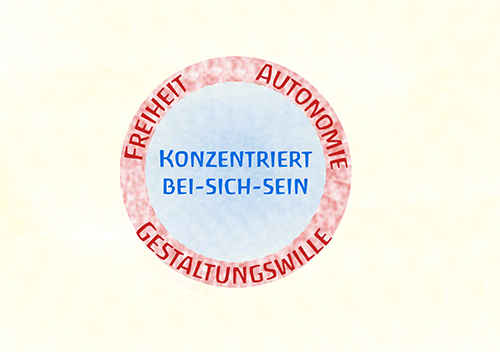
Fig. 3: Being focussed on oneself is the basis for being able to live freedom, autonomy and creativity.
In children and in every human being these basic needs are like an urge to discover and arrange things independently. If, in this way, it is possible to harmonize myself as the one acting with the thing that is being done, then I perceive myself in it and I feel: I am.
In children, this sense of self initially occurs on a physical level, as the child coordinates her limbs and gradually practices guiding them as the starting point for all further movement development. In later life this self-awareness is also transferred to mental and spiritual development. If we give children the opportunity from the very beginning to discover the world and its laws for themselves, we also create the preconditions for further independent learning. Basic trust and security are necessary prerequisites for successful exploration – and must be disappointed as little as possible in the course of the child’s development. Reliable togetherness in a bond is the prerequisite for independently being on one’s own. Bonding and exploration cannot be acquired independently of each other.
The mutual dynamics of being together in bonding and being on one’s own in exploration
In addition to the described basic phenomena of being together (bonding) and being on one’s own (exploration), we find a decisive element in observing child behavior: mutual dynamics, the rhythm of the alternation between the two poles, the swinging to and fro in time. Here, according to current research approaches, there is a need to establish a new science of vitality forces. Vitality forces have a significant impact on lifelong health and regeneration in human beings. A distinction must be made here between the vitality forces and the physical body, which would immediately give way to processes of degeneration if it were not prevented from doing so by the person’s vitality forces. Rudolf Steiner also calls this function the life forces or etheric body (8). What laws govern the vitality forces described here and how do they manifest? What promotes or inhibits them?
The unmistakable individuality of the child develops in the confrontation between what has become (the corporeality built up from the hereditary material) on the one hand and the initially intangible personality on the other. Within these polarities we can perceive forces of growth and flourishing. This is comparable to the growth and decay of plants. Plant growth is characterized by a rhythmically alternating gesture of clenching or tensing (contraction) and widening, stretching or releasing (expansion). In living nature as well as in the human body, many examples of contraction and expansion can be discovered as principles of vitality forces, just think of respiration, with its systolic and diastolic gestures.
The physical development and growth of the child in the first seven years therefore mainly consists, on closer observation, in imbuing the poles with rhythm: it appears to be a fundamental characteristic of the life force that it is based on a rhythmic pendulum motion between two poles, a lively flowing back and forth. Indeed, the health of an organism can be recognized by whether this pendulum movement and imbuement with rhythm is simultaneously pulsating and smooth. Let us now consider the basic needs of attachment and exploration described at the beginning against the background of this description of the life forces. Both poles, with their far-reaching consequences for the soul, are mutually dependent and they transform each other.
In figure 4 the gestures of being together are shown on the right side of the drawing and should show the closeness of the protective mantel (blue) and the heartiness of the child’s emotional warming (red). This gives the child the opportunity to develop the power to expand his interest in the world out of the concentration created within this inner warming (left side). Thus, exploration creates autonomous self-development in experiencing the world and heightened sensory perception. The child retains his previously acquired “core” of centering and concentration (blue) in order to experience the world creatively in a free way (red). The experience of expansion then in turn has an increasing effect on the experience of being in relationships.
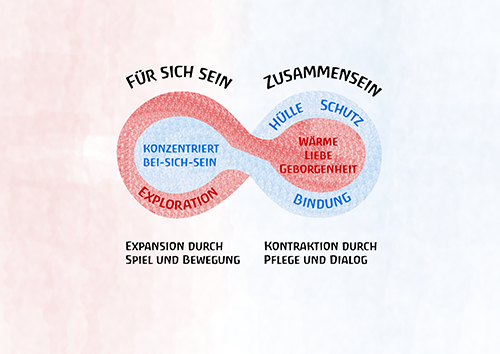
Fig. 4: “Being on one’s own” and “being together”
“If you want to know the world, look into yourself. If you want to know yourself, look into the world.” (7) The gestures of the poles transform themselves inversely.
Bonding theory, in which the importance of bonding for exploration has been extensively researched, is supplemented here with the dynamics of vitality forces. This describes an important principle for health promotion in children. The application of this view can have a beneficial and practical impact on institutions for their concepts and in general for understanding child development in pregnancy, birth and throughout early childhood.
What are the consequences for education and therapy?
What conclusions can be drawn for education and therapy from this observation of child development? How can the vitality of the small child develop optimally and thus become the basis for healthy physical development of the body and its organs? From the above, it is immediately apparent that, for example, in the small child, there needs to be harmonious alternation between being together in being cared for (as a contracting gesture) and being on one’s own in play and movement (expansion). All helpful answers to questions about salutogenesis and health will be found in this mutually dependent relationship between the contracting and the expanding element which needs to be harmonized.
If the adult wants to do justice to the healthy development of the child’s vitality, she must consciously and smoothly adopt an adaptive attitude and above all pay attention to the child and be able to change her attitude according to the situation. Her response must be quite different when the child is engaged in exploration, play and movement than when the focus is on being together with the child in providing care, putting the child to bed or comforting him and thus being in a relationship. The gesture needed to accompany the child varies, always depending on the situation and one’s perception of the child’s needs:
- on the one hand I support the child wherever he is dependent on me and is not yet able to do something on his own,
- on the other hand, I encourage all attempts at independent and free development.
Parents and the environment as the basis and foundation for child development
The goals of child development and the educational process up to maturity align with the two observed basic phenomena: self-determination and the ability to experience dialogical togetherness, healthy bonding and relationship skills. But the basis and foundation for this – as we have already seen in the previous description of primary phenomena – is to create the “right” environment for the child. This includes basic needs such as food, shelter and care, and especially the environment that the adults create. The environment provides a framework and a protected space for developing the basic emotional needs of security, reliability and warmth, as well as the spiritual needs of freedom, autonomy and creativity. It is crucial for all relationship learning and self-learning.
The child’s environment
The child’s first environment is always the parents or the respective close attachment figures, the adult role models who accompany the child. The smaller the child, the stronger the effect of the adult’s attitude will be. Older children are more affected by adults as perceptible role models. What is the inner attitude of the adults when dealing with the child? Are they fully present or do they tend to be distracted while they are with the child? Are they “genuine” or are they playing a role? Can they reflect on their own fears, needs or even wounds and regulate and control them in their interaction with the child in order to primarily perceive the needs of the child and be appreciative towards him? All this creates the basis for emphatic togetherness and is studied scientifically today, even in the field of neurobiology (mirror neurons).
In this respect, a constant ability to be self-aware is required when dealing with children, both from parents and from teachers and therapists, so that they can fulfil the role of a reference person. In the professional world, this self-awareness must be enhanced by skills of self-education and self-development in order to be able to promote, in educational and therapeutic processes, an oscillation back and forth between the two basic pillars of child development, in a kind of artistic way attuned to each situation. This includes ordering one’s own thoughts, steering feelings appropriate to a situation, and choosing one’s subsequent actions – reflecting on one’s own ideas (thinking), working through one’s own feelings (feeling) and the impulses for action (will) derived from them.
This attitude as the child’s “first environment” is particularly important in the course of the early years of life up to school readiness, in which the small child is above all connected with our mental and spiritual intentions. What image or questions do we develop towards the child?
- Where have you come from?
- What are we creating together, what are we learning together, what is our relationship?
- Where are you going?
The stream of the past thus meets the developing future through the fundamental environment created by the adults.
The parent, educator or therapist who is educating herself in her soul and is thus developing herself inwardly is confronted with a child who is growing in his bodily organization. From this relationship and its dynamics, a principle of life emerges through infinite repetitions of the gestures of being together and of being on one’s own, according to age and development. The long-term health of a person depends on the self-regulation that is established in early childhood and which later becomes something which the person can regulate on their own. As the person matures into an adult, this swinging of the pendulum between the poles passes into the individual’s own responsibility and shaping activity.
The child’s environment and any specialist services offered are designed in line with different qualifications and tasks: obstetricians, doctors, therapists can all make appropriate contributions to the child’s health and to the child’s grasping of her own biography by accepting the child’s own creative will.
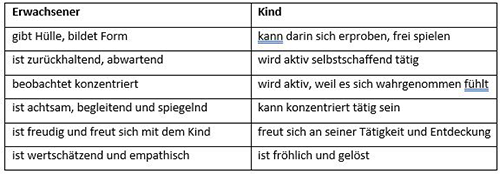
Fig. 5: The interaction between adults and children
The image of a temple and human becoming
A common archetype for the human body since ancient times has been the temple. It is the place where the human spirit incarnates into individuality. If we summarize the course of development in the small child described here, the “pillars” of the temple are formed by the two constantly changing poles of self-learning and relationship learning. The following keywords may apply to them:
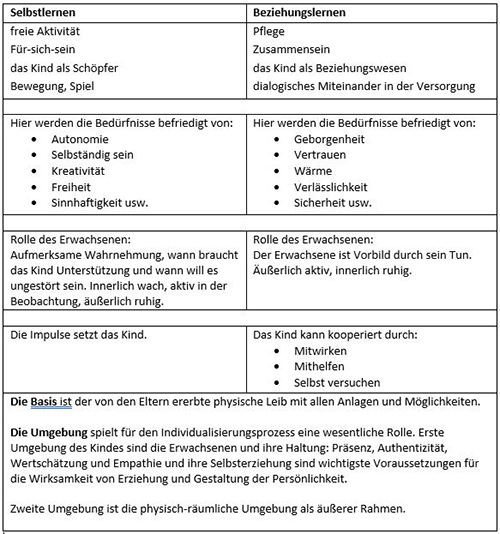
Fig. 6: Self-learning and relationship learning
This overview can be transferred to the following picture of a temple:
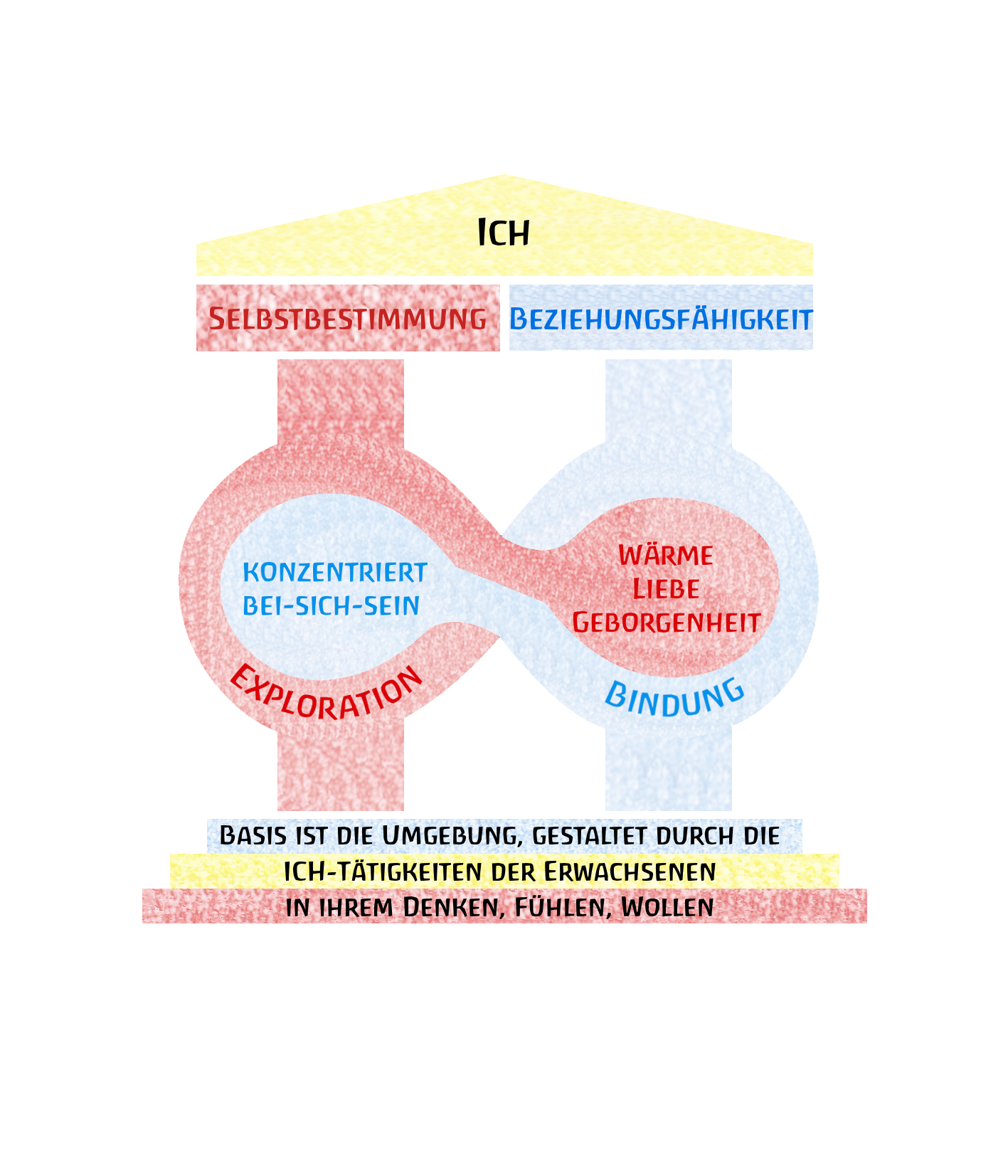
Fig. 7: The image of a temple and human becoming
The temple is an image for human development starting from the genotype of the parents in a specific social-cultural environment and moving towards an individual ‘I’. The adult’s abilities for self-determination and relationship – essential goals that are found in all educational plans – are illustrated by an “architrave gallery of capacities”. They are formed in the course of childhood and adolescence through the living gestures of self-learning and relationship learning in rhythmic and infinitely repetitive movements as prerequisites for the ‘I’ to shape its personality. The image of the temple stands for the development of the personality, just as every sacred building was and is a place in which the striving human being could “stand upright” and recollect, change or realign himself.
Uprightness as a model of creation
The entire period of early childhood development can be seen as one of raising oneself upright against gravity. In later stages of life there are similar experiences of a kind of mental and spiritual uprightness. The figure-eight phenomenon depicted in the following figure arises from the application of living, formative forces, also called life or etheric forces, characterized by gestures of contraction and expansion. These forces are the builders of the physical body and the basis for uprightness.
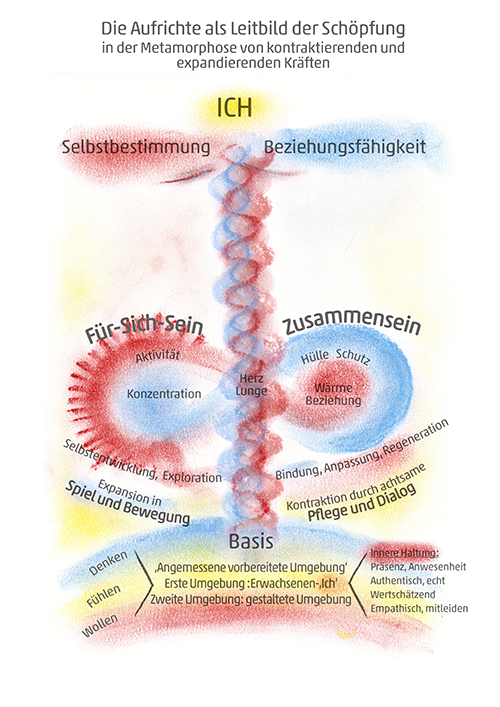
Fig. 8: Uprightness as a model of creation
The more undisturbed the growth, structuring and shaping of the child’s organs is penetrated by the rhythm of action, the more lasting is the effect on lifelong health. The dynamics of the opposite forces in contraction and expansion are lively, flexible and smooth. It is individual for each biography, but these forces recognizably strive for balance and harmony. Just as the rhythm of the heart and lungs is decisive for the human being, the elements of relationship (internal) and exploration (external) also imprint themselves on the child’s organ structure in early childhood. In other words, these polarities are visible right into the female and male genitals and show an exemplarily an interior space (female) and a radial quality (male).
Aren’t these relationships exactly our mission in accompanying children on their journey through life? Here lie the common tasks and challenges of education, therapy and medicine for growing children and their parents. In this sense, a group of experts with a wide range of specialist skills and expertise is collaborating as an interdisciplinary team in the Medical Section at the Goetheanum to provide orientation for children and parents through their common view of developing life.
Bibliography
- Hüther G, Gebauer K. Kinder brauchen Wurzeln. Neue Perspektiven für eine gelingende Entwicklung. 7th ed. Düsseldorf: Patmos Verlag; 2011.
- Bauer J. Das Gedächtnis des Körpers. Wie Beziehungen und Lebensstile unsere Gene steuern. 8th ed. Frankfurt am Main: Piper Verlag; 2013.
- Schiffer E, Schiffer H. LernGesundheit. Lebensfreude und Lernfreude in der Schule und anderswo. Weinheim: Beltz Verlag; 2004.
- Winicott DW. Vom Spiel zur Kreativität. 16th ed. Stuttgart: Klett-Cotta; 2019.
- Ainsworth M, Bowlby J. Frühe Bindung und kindliche Entwicklung. 7th ed. Munich: Ernst Reinhardt Verlag; 2016.
- Pikler E. Lasst mir Zeit: Die selbstständige Bewegungsentwicklung des Kindes bis zum freien Gehen. Munich: Richard Pflaum Verlag; 2018.
- Steiner R. Welterkenntnis Selbsterkenntnis. Wahrsprüche und Widmungen. Dornach: Rudolf Steiner-Nachlaßverwaltung; 1953.